Kitchen Island Decorating Ideas
A kitchen island is more than just a functional space; it’s the heart of the kitchen, a focal point for gatherings, and a canvas for personal style. Whether you’re remodeling your kitchen or just looking to refresh your existing island, the possibilities for decorating are endless. From seating arrangements to lighting and accessorizing, your kitchen island can be tailored to reflect your taste and enhance your kitchen’s aesthetics.
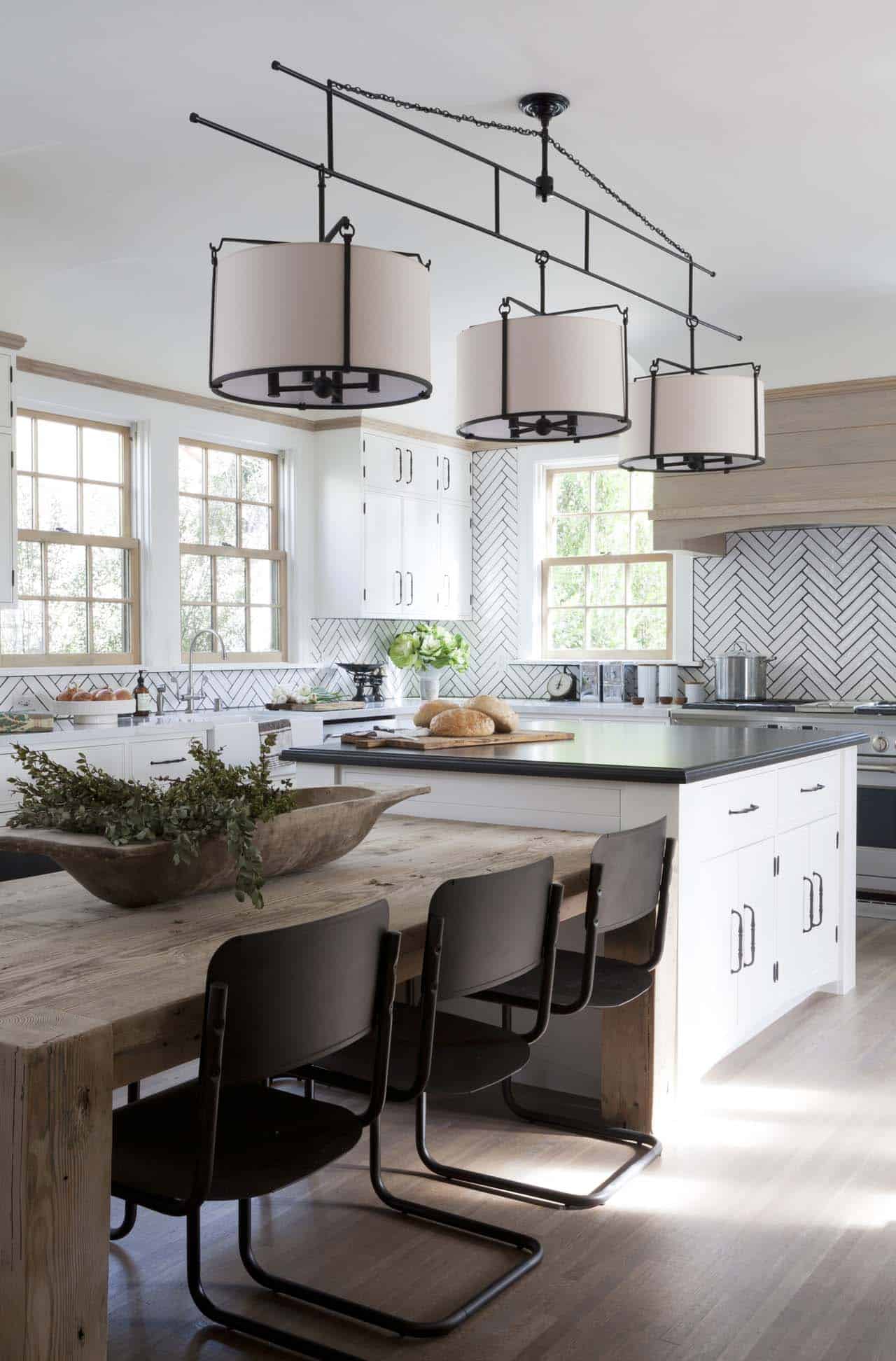
Incorporating Seating Arrangements
Choosing the Right Seating
Selecting seating for your kitchen island depends on both functionality and style. Bar stools are the most common choice, available in a wide range of designs, from minimalist metal to plush upholstered options. When choosing stools, consider the height of your island. For a standard kitchen island, stools with a seat height of around 24-26 inches are ideal for counter height, while stools with a seat height of 28-30 inches suit bar height islands.
Style and Comfort Balance
Balancing style and comfort is crucial when selecting seating. While sleek, backless stools may appeal to a modern aesthetic, they may not be comfortable for prolonged sitting. Opt for stools with backs or cushions if your kitchen island serves as a primary dining or work space. Swivel stools can offer additional functionality, allowing easy movement and interaction.

Material and Durability
The material of your seating should complement the overall design of your kitchen. Wooden stools provide a warm, traditional feel, while metal or acrylic options can give a contemporary, industrial look. Consider durability as well, especially if you have children or entertain frequently. Easy-to-clean materials and sturdy construction will ensure your stools last longer and maintain their appearance.
Coordinating with Kitchen Decor
Your kitchen island seating should harmonize with your kitchen’s existing decor. If your kitchen features rustic elements, wooden stools with distressed finishes might blend seamlessly. For a modern kitchen, metal stools with sleek lines or vibrant colors can create a striking contrast. Matching the stools’ finish to cabinet hardware or lighting fixtures can tie the whole room together.
Adding Cushions and Upholstery
For added comfort and a pop of color, consider adding cushions or opting for upholstered stools. Cushions can be easily swapped out to match seasonal decor or changed as trends evolve. Upholstered stools offer a chance to introduce patterns or textures that complement your kitchen’s color scheme. Ensure fabrics are durable and easy to clean, especially in a high-traffic area like the kitchen.
Placement and Space Considerations
Proper placement of seating around your island is essential for both function and flow. Allow at least 24 inches of space per stool to ensure adequate elbow room and comfort. If your island includes an overhang, make sure it extends far enough to provide knee space. Avoid overcrowding the area, which can make it difficult to navigate and detract from the island’s usability.

Lighting Choices and Ambiance
Pendant Lighting
Pendant lights are a popular choice for kitchen islands, offering both task lighting and a decorative element. They come in various styles, from industrial to elegant chandeliers. When installing pendant lights, consider their size and spacing. Larger pendants can make a bold statement, while multiple smaller pendants can provide even lighting and visual interest. Hang them 30-36 inches above the island surface to avoid obstructing the view or workspace.
Recessed Lighting
For a more streamlined look, recessed lighting can be an effective option. These lights are installed directly into the ceiling, providing ample illumination without overwhelming the space. Recessed lighting works well in conjunction with pendant lights or as the primary light source in minimalist kitchen designs. Ensure they are evenly spaced to avoid dark spots and shadows on the island surface.
Under-Cabinet and Task Lighting
Under-cabinet lighting can enhance the functionality of your kitchen island by providing additional illumination for tasks like chopping and mixing. LED strips or puck lights can be installed under the countertop overhang or on the underside of cabinets adjacent to the island. This type of lighting is discreet but effective, creating a well-lit workspace and adding a modern touch.
Chandeliers and Statement Pieces
For a more dramatic impact, consider a chandelier or a statement light fixture above your island. These can serve as a focal point and add a touch of luxury or whimsy to your kitchen. Choose a design that complements your overall decor but stands out enough to draw attention. Ensure it is appropriately scaled to the island and the kitchen space to avoid overwhelming the room.
Ambient and Accent Lighting
Ambient lighting sets the mood in your kitchen and can be achieved through various sources, including wall sconces, ceiling fixtures, and even lighting integrated into the island itself. Accent lighting, such as LED strips along the base or under the countertop edge, can highlight the island’s design features and add a subtle glow. Dimmers allow you to adjust the lighting intensity to suit different occasions and activities.
Integrating Natural Light
Maximizing natural light can make your kitchen island feel more inviting and spacious. Position your island near windows if possible, and use sheer curtains or blinds that allow light to filter through while maintaining privacy. Skylights or glass doors can also enhance natural illumination. Complement natural light with artificial lighting that mimics daylight for a cohesive look.

Accessorizing with Function and Style
Countertop Decor
Decorating the countertop of your kitchen island involves balancing aesthetics with practicality. A fruit bowl or a vase of fresh flowers can add a touch of nature and color without taking up too much space. Decorative trays can corral smaller items, like salt and pepper shakers or oil bottles, keeping them organized and easily accessible. Choose items that reflect your style and kitchen’s overall theme.
Incorporating Plants
Adding greenery to your kitchen island can bring life and vibrancy to the space. Small potted herbs not only look attractive but are also useful for cooking. Succulents or small indoor plants require minimal care and can thrive in the kitchen environment. Use decorative pots that complement your decor and arrange them in clusters for a cohesive look.
Displaying Cookbooks
If you enjoy cooking, displaying a selection of your favorite cookbooks can be both practical and decorative. Use a stylish book stand or a series of floating shelves to keep them within easy reach. Choose books with attractive covers to add visual interest, and rotate them periodically to match seasonal themes or showcase new recipes.
Utilizing Decorative Bowls and Trays
Decorative bowls and trays can serve multiple purposes on your kitchen island. Use them to store frequently used items, like fruit, utensils, or napkins, in a way that’s both organized and visually appealing. Opt for materials that match or complement your kitchen’s decor, such as wooden bowls for a rustic feel or ceramic trays for a more polished look.
Integrating Artwork
Artwork isn’t just for living rooms and hallways; it can also find a place in the kitchen. Consider hanging a small piece of art above or near your kitchen island, or prop a framed print on the countertop against the wall. Choose artwork that reflects your style and ties in with your kitchen’s color scheme. Ensure it’s protected from cooking splatters and moisture, perhaps with a glass covering.
Seasonal and Rotating Decor
Changing up your kitchen island decor to reflect the seasons or holidays can keep the space feeling fresh and festive. In the fall, consider pumpkins and autumnal foliage; in the winter, opt for candles and evergreen branches. Spring might bring pastel colors and fresh flowers, while summer can be celebrated with bright colors and citrus-themed decor. Store seasonal items conveniently to make switching them out easy and enjoyable.

Maximizing Storage and Organization
Built-In Storage Solutions
Integrating storage solutions into your kitchen island can significantly enhance its functionality. Consider adding cabinets, drawers, or shelves to store cookware, utensils, or small appliances. Pull-out shelves or lazy Susans can make deep cabinets more accessible. Customized storage solutions can be tailored to fit your specific needs, whether it’s a pull-out spice rack or a built-in wine cooler.
Utilizing Open Shelving
Open shelving on your kitchen island offers both storage and display opportunities. Use shelves to showcase decorative items, such as stylish dishware, glassware, or cookbooks, while keeping frequently used items within easy reach. Arrange items thoughtfully, balancing practicality with aesthetics. Open shelving can also make your kitchen feel more spacious and less cluttered.
Incorporating Drawers and Pull-Outs
Drawers and pull-out shelves are ideal for organizing smaller items and maximizing space. Deep drawers can store pots and pans, while shallow ones are perfect for utensils and smaller gadgets. Pull-out trash bins or recycling centers can keep waste management discreet and efficient. Ensure drawer dividers or organizers to keep contents neat and easy to find.
Adding Hooks and Racks
Hooks and racks can provide additional storage solutions for your kitchen island. Install hooks on the sides or underneath the overhang to hang items like kitchen towels, mugs, or utensils. A pot rack above the island can store and display cookware, freeing up cabinet space and adding a functional yet decorative element.
Integrating Charging Stations
In our tech-savvy world, incorporating a charging station into your kitchen island can be a convenient addition. Install outlets or USB ports to charge phones, tablets, or other devices while cooking or entertaining. Hidden charging drawers or pop-up outlets can keep cords out of sight and maintain a clean, clutter-free countertop.
Smart Storage Accessories
Modern storage accessories can enhance the functionality of your kitchen island. Consider pull-out baskets for produce, tiered organizers for spices, or built-in cutting boards that slide out from under the countertop. Magnetic strips can keep knives and other metal utensils neatly organized. These smart solutions can optimize space and improve efficiency in your kitchen.
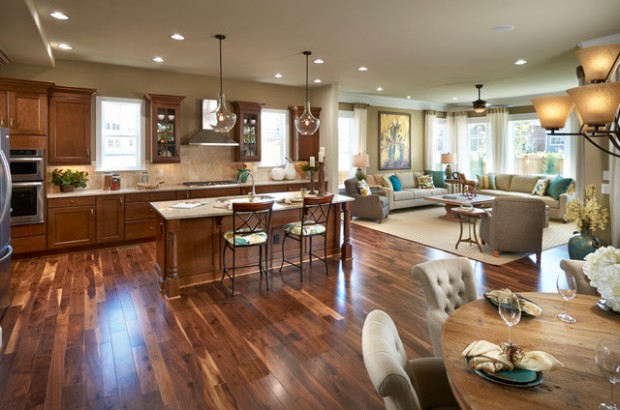
Choosing the Right Materials and Finishes
Countertop Materials
The choice of countertop material significantly impacts both the look and functionality of your kitchen island. Popular options include granite, marble, quartz, and butcher block. Granite and quartz offer durability and a range of colors and patterns, while marble provides a luxurious, high-end look. Butcher block countertops add warmth and can be sanded and refinished if damaged. Consider your cooking habits and maintenance preferences when selecting a material.
Cabinet Finishes
The finish of your kitchen island’s cabinetry can enhance its appearance and complement the rest of your kitchen. Painted finishes offer a range of colors to match or contrast with your kitchen’s palette, while stained finishes highlight the natural beauty of wood. Glazed or distressed finishes can add character and texture. Ensure the finish is durable and easy to clean, especially in a high-traffic area like the kitchen.
Hardware Choices
The hardware on your kitchen island, such as knobs, pulls, and handles, can be a subtle yet impactful detail. Choose hardware that complements the style of your kitchen, whether it’s modern, traditional, or transitional. Brass or bronze hardware can add warmth and a vintage feel, while chrome or stainless steel offers a sleek, contemporary look. Consider the ergonomics and ease of use, particularly if you have family members with different needs.
Backsplash Options
If your kitchen island includes a sink or stove, a backsplash can protect the wall from splashes and spills while adding a decorative element. Popular backsplash materials include tile, stone, and glass. Choose a design that complements your countertops and cabinetry, whether it’s a classic subway tile or a bold mosaic pattern. Ensure the backsplash material is easy to clean and maintain.
Flooring Considerations
The flooring around your kitchen island should be durable and easy to clean, given the high traffic and potential for spills. Options include tile, hardwood, laminate, and vinyl. Tile offers durability and a range of styles, while hardwood provides warmth and can be refinished. Laminate and vinyl are cost-effective choices that offer water resistance and easy maintenance. Choose a flooring material that complements your kitchen’s overall design.
Integrating Different Materials
Mixing and matching materials on your kitchen island can create a unique and dynamic look. Consider a contrasting countertop material for the island compared to the rest of the kitchen, or use different cabinet finishes to create visual interest. Combining wood, metal, and stone can add texture and depth, making your kitchen island a standout feature.
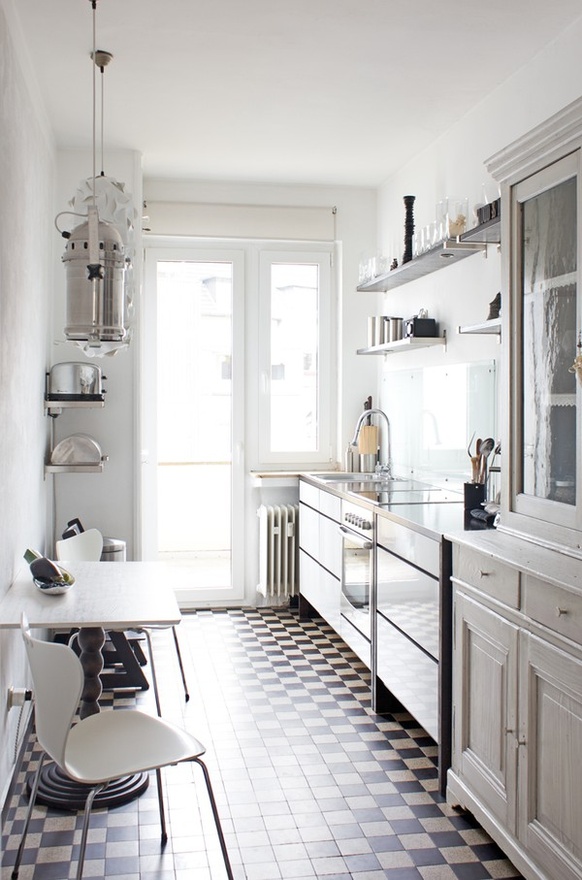
Creating a Multi-Functional Space
Cooking and Prep Area
A well-designed kitchen island can serve as an additional cooking and prep area, enhancing the efficiency of your kitchen. Incorporate features like a prep sink, built-in cutting board, or cooktop to make food preparation easier. Ensure the island has adequate counter space for chopping, mixing, and assembling dishes. Integrating a garbage disposal or compost bin can streamline cleanup.
Dining and Entertaining
Your kitchen island can also serve as a casual dining area or a spot for entertaining guests. Extend the countertop to create a breakfast bar or include an overhang for seating. Use comfortable stools and provide adequate legroom to ensure a pleasant dining experience. For larger gatherings, consider a moveable island or additional seating options that can be adjusted as needed.
Workspace and Homework Station
In today’s multi-functional homes, the kitchen island can double as a workspace or homework station. Provide seating with ergonomic support and ensure good lighting for reading or computer work. Incorporate storage solutions, such as drawers for office supplies or a designated space for laptops and tablets. A charging station can keep devices powered and ready for use.
Baking Center
For those who enjoy baking, a kitchen island can be transformed into a dedicated baking center. Include features like a marble countertop for rolling out dough, built-in shelves for storing baking sheets and mixing bowls, and drawers for utensils and ingredients. A pull-out mixer lift can save counter space and make it easy to use and store your stand mixer.
Beverage and Coffee Bar
A kitchen island can also serve as a beverage or coffee bar, providing a convenient spot for morning coffee or evening cocktails. Include storage for coffee mugs, glassware, and a mini-fridge or wine cooler for beverages. A built-in sink or ice maker can enhance functionality. Decorate the area with stylish containers for coffee beans, tea bags, or cocktail mixers.
Craft and Hobby Space
For families with varied interests, the kitchen island can serve as a craft or hobby space. Provide ample storage for supplies, such as bins for art materials or drawers for knitting needles and yarn. Ensure the countertop material is durable and easy to clean, and provide adequate lighting for detailed work. A designated craft area can keep projects organized and accessible.
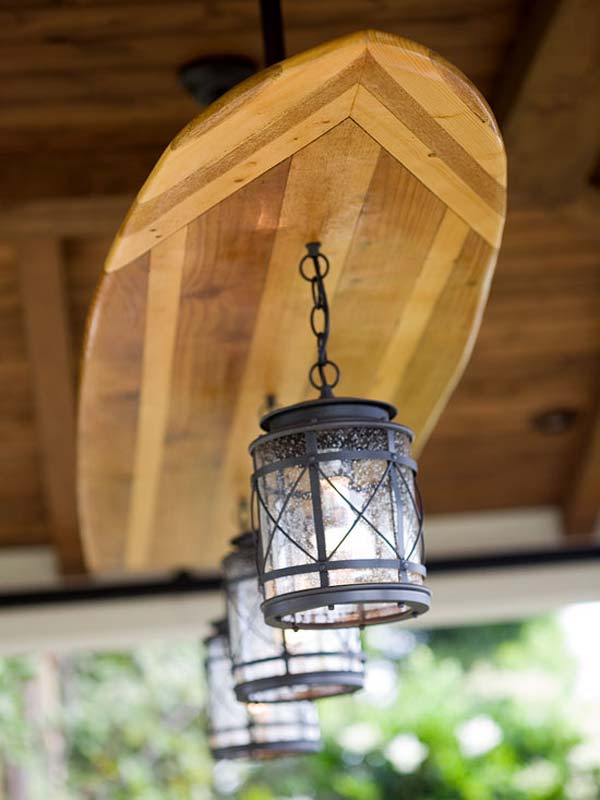
Common Mistakes to Avoid
Overcrowding the Space
One of the most common mistakes when decorating a kitchen island is overcrowding the space. While it’s tempting to display all your favorite items, too much clutter can make the island look messy and hinder its functionality. Focus on a few key pieces that serve both a decorative and practical purpose, and avoid overcrowding the countertop.
Ignoring Proportions
Ignoring proportions can lead to a kitchen island that feels out of place. Ensure that the size of your island and its features, such as lighting and seating, are proportional to the overall kitchen space. An oversized island can dominate the room, while an undersized one may look lost and fail to provide adequate functionality.
Poor Lighting Choices
Lighting is crucial for both aesthetics and functionality, yet it’s often overlooked. Avoid installing lighting that is too dim or too harsh. Choose fixtures that provide adequate illumination for tasks and enhance the overall ambiance of the kitchen. Dimmers can offer flexibility for different lighting needs.
Neglecting Comfort
When choosing seating for your kitchen island, neglecting comfort can lead to dissatisfaction. Opt for stools or chairs that offer proper support and cushioning, especially if they will be used frequently for dining or work. Test different seating options to ensure they meet your comfort requirements.
Inadequate Storage Solutions
Failing to incorporate adequate storage solutions can result in a cluttered and inefficient kitchen island. Plan for enough drawers, cabinets, and shelves to keep essentials organized and within reach. Customized storage solutions can address specific needs and maximize the island’s functionality.
Overlooking Maintenance
Choosing materials and finishes that are difficult to maintain can lead to frustration and extra work. Select durable and easy-to-clean materials for countertops, cabinetry, and seating. Consider how often you’ll need to clean or refinish surfaces and choose options that fit your lifestyle and maintenance preferences.

How high should kitchen island seating be?
Kitchen island seating height depends on the height of your island. For a counter-height island (36 inches), stools should have a seat height of 24-26 inches. For a bar-height island (42 inches), stools should have a seat height of 28-30 inches. Ensure there’s enough legroom and that the seating is comfortable for dining or working.
What is the best material for a kitchen island countertop?
The best material for a kitchen island countertop depends on your needs and preferences. Granite and quartz are popular for their durability and variety of colors. Marble offers a luxurious look but requires more maintenance. Butcher block adds warmth and can be sanded and refinished. Consider your cooking habits, maintenance requirements, and overall kitchen style when choosing a material.
How can I maximize storage in my kitchen island?
To maximize storage in your kitchen island, consider built-in cabinets, drawers, and open shelving. Pull-out shelves or lazy Susans can make deep cabinets more accessible. Utilize hooks and racks for additional storage, and integrate charging stations or smart storage accessories to keep items organized and easy to reach.
How do I choose the right lighting for my kitchen island?
Choose lighting for your kitchen island based on both function and style. Pendant lights offer task lighting and a decorative element, while recessed lighting provides a streamlined look. Consider chandeliers or statement pieces for a dramatic impact. Ensure lighting is adequate for tasks, evenly spaced and compatible with the island’s design and proportions.
How can I make my kitchen island a multi-functional space?
To make your kitchen island a multi-functional space, incorporate features that suit various activities. Add seating for dining, a prep sink for cooking, or a charging station for work. Include storage solutions for different needs, such as drawers for office supplies or shelves for cookbooks. Design the island to accommodate your lifestyle and preferences for a versatile and efficient kitchen hub.

Brilliant kitchen island ideas that make a statement
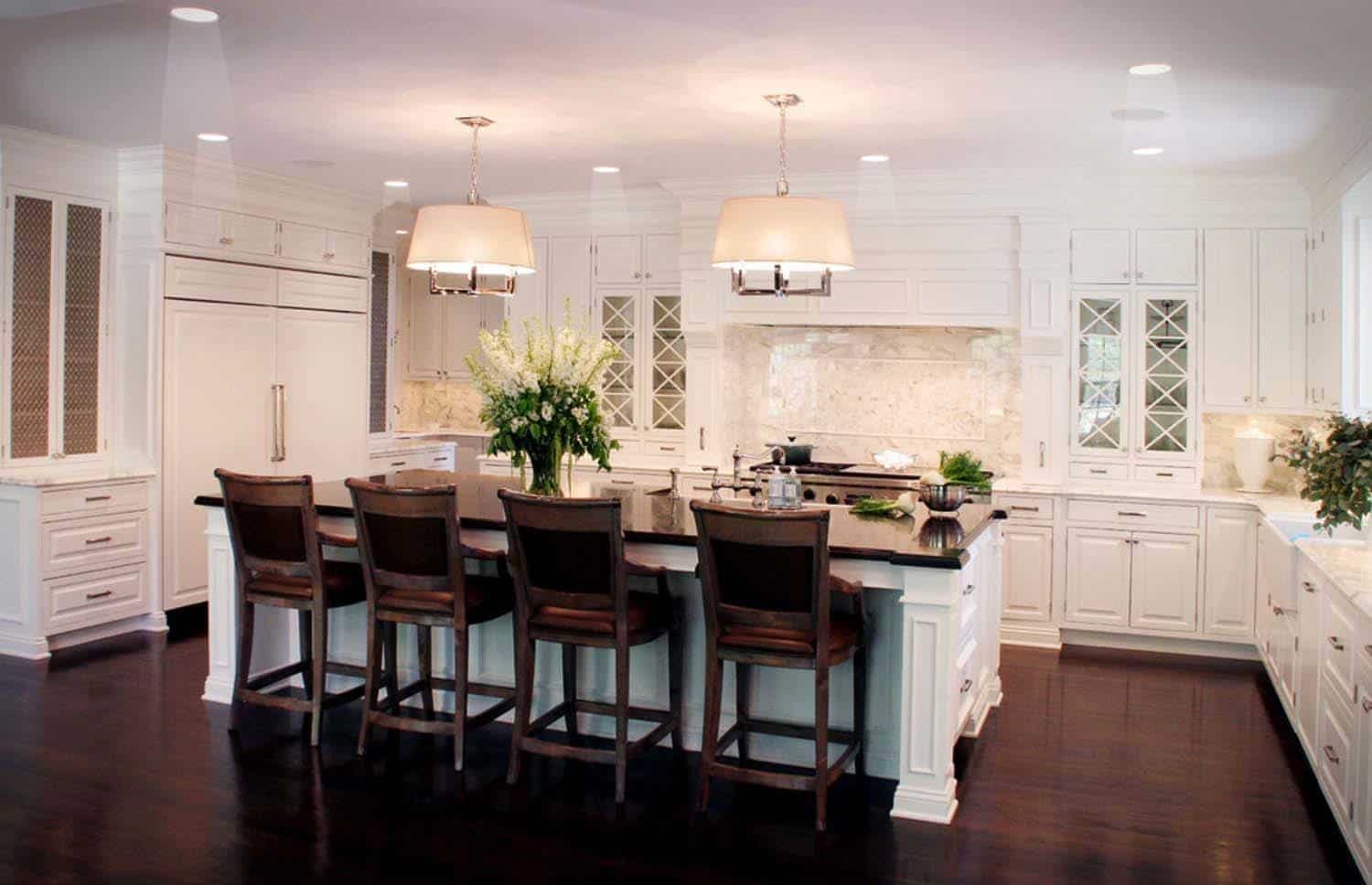
Charming Home Tour ~ Adventures in Decorating
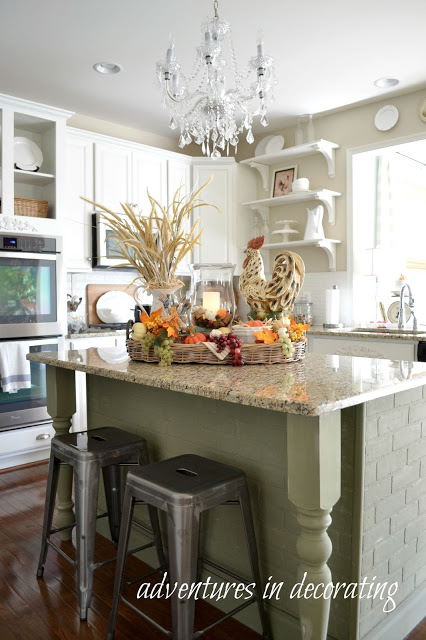
Related Posts:
- Kitchen Island Table With 4 Chairs
- Single Wall Kitchen Layout With Island
- Distance Between Kitchen Island
- Expedit Kitchen Island
- Amish Furniture Kitchen Island
- Mobile Kitchen Island With Trash Can
- Kitchen Island Base Trim
- Kitchen Islands Ideas Plans
- Cobalt Blue Kitchen Island
- Outdoor Kitchen Island Without Grill